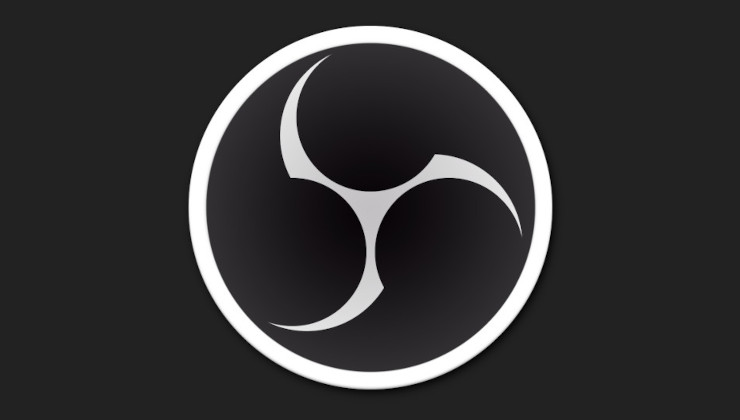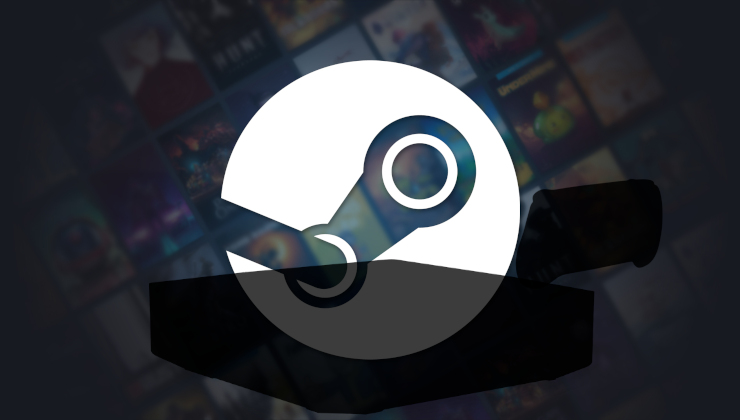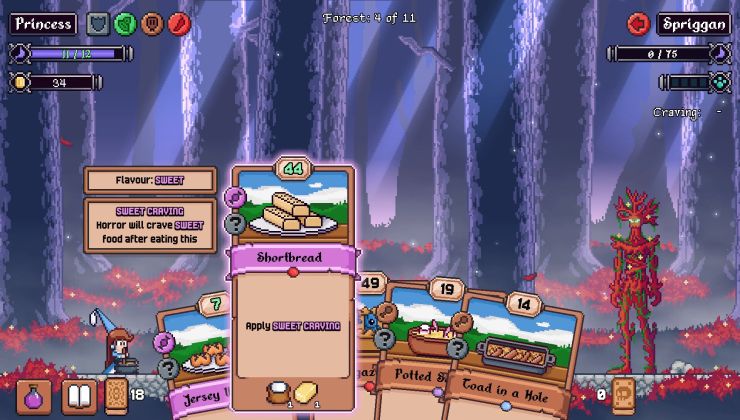Have one of those fancy Apple Silicon Macs? Want to pop Linux on it? Check out Fedora Asahi Remix 39, the newly released Asahi Linux flagship distribution.
What is Asahi? Asahi Linux is a project and community with the goal of porting Linux to Apple Silicon Macs. Their team announced back in August their intent to have Fedora as the base for it and now that has been made generally available in a new announcement from Fedora.

From what they said it supports all MacBook Air, MacBook Pro, Mac Mini, Mac Studio and iMac systems with M1 and M2 chips.
Interestingly though, even though Fedora are generally all about GNOME, the Asahi remix by default is KDE Plasma but there is a GNOME version also available. With full Wayland support, non-conformant OpenGL 3.3 support (as well as the world's first and only certified conformant OpenGL ES 3.1 implementation for Apple Silicon), high-quality audio and what should be a pretty great overall experience.
Really good to see Apple Silicon support for Linux continue to improve - stellar work from everyone involved.
Only thing is - does anyone know how to get steam installed on these new machines? There is no steam installer available for this architecture yet as far as i know.
I tried some games on MacOs, and what really blew me away was the ration of power consumption to FPS. I was able to try heavy modpacks of minecraft, and on FullHD it barely went above 50W with really good framerates. No Mans Sky ran on Ultra Settings, FullHD with around 100FPS without any issues, while the power meter only showed around 30W of consumption. That was awesome. I want that on linux! :)
I have tried this on a Machine at Work, an M2 Mac Studio and it is really convenient, it works like a charm.You'd probably need 1) Valve to release a Linux ARM binary for Steam. 2) Either the x86 -> ARM translation layer or a native ARM Linux binary for the games.
Only thing is - does anyone know how to get steam installed on these new machines? There is no steam installer available for this architecture yet as far as i know.
I tried some games on MacOs, and what really blew me away was the ration of power consumption to FPS. I was able to try heavy modpacks of minecraft, and on FullHD it barely went above 50W with really good framerates. No Mans Sky ran on Ultra Settings, FullHD with around 100FPS without any issues, while the power meter only showed around 30W of consumption. That was awesome. I want that on linux! :)
I mostly just want a powerful but awesome battery life laptop for Linux use. Gaming kind of eats battery far more than if I were using it for more work-like stuff. Then again, I also bought my m1 mac for some video editing :P
Too bad they went with a Fedora base (not a huge fan there). But I've legit been waiting for a usable linux on the m1 since I bought one. They definitely have amazing battery life, it's just that macOS is such a slog...
Guess it wont be long for other distro gets the necessary pieces too. And according to the Asahi team, Fedora is only for "prototyping" and serve as a test bed, and with that in mind, Fedora isn't a bad choice.
Our goal is for all distros to eventually integrate all this work, so that users can use their choice of distro and be confident that it will work well on their machine. But, in order to kick off this process, we had to prototype what this integration looks like, which meant we had to create our own distro.
Yeah, that's what I figured. I've been waiting for close to two years, may as wait longer...Too bad they went with a Fedora base (not a huge fan there). But I've legit been waiting for a usable linux on the m1 since I bought one. They definitely have amazing battery life, it's just that macOS is such a slog...
Guess it wont be long for other distro gets the necessary pieces too. And according to the Asahi team, Fedora is only for "prototyping" and serve as a test bed, and with that in mind, Fedora isn't a bad choice.
Our goal is for all distros to eventually integrate all this work, so that users can use their choice of distro and be confident that it will work well on their machine. But, in order to kick off this process, we had to prototype what this integration looks like, which meant we had to create our own distro.







 How to set, change and reset your SteamOS / Steam Deck desktop sudo password
How to set, change and reset your SteamOS / Steam Deck desktop sudo password How to set up Decky Loader on Steam Deck / SteamOS for easy plugins
How to set up Decky Loader on Steam Deck / SteamOS for easy plugins
See more from me